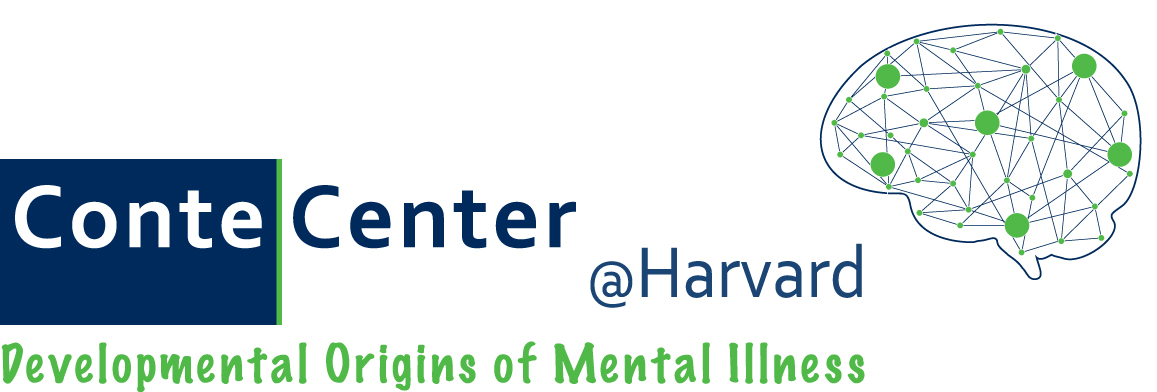A quarter century of glutamate: physiological and therapeutic implications of the PCP/NMDA model of schizophrenia
DANIEL C. JAVITT, M.D., PH.D.
Professor of Psychiatry and Neuroscience
Director, Division of Experimental Therapetics,
Department of Psychiatry, Columbia University
Schizophrenia is a major mental disorder that affects approximately 1% of the population worldwide. Key components include not only positive and negative symptoms but also cognitive deficits that form a core feature of the disorder. Similar symptoms can be induced in healthy volunteers by agents such as phencyclidine (PCP) or ketamine that block N-methyl-D-aspartate (NMDA)-type glutamate receptors, leading to development of the PCP/NMDA model of schizophrenia over 25 years ago. Since that time, research based upon this model has continued both to explain mechanisms underlying symptoms and cognitive impairments in schizophrenia and to encourage new treatment development. In cognitive models, NMDAR are diffusely distributed throughout brain and are thus present both in sensory and higher-order association regions. In schizophrenia, highly significant impairments are observed in processes such as auditory mismatch negativity (MMN) and visual magnocellular response that are highly dependent upon underlying NMDA receptor function. These deficits not only serve as biomarkers of cortical dysfunction, but also contribute directly to impairments in processes such as auditory/visual emotion recognition, “bottom up” attention and reading. NMDA receptors also serve as key targets for schizophrenia-related treatment development, targeting both the glycine- and redox-sensitive sites. This presentation will review present physiological and therapeutic implications of the PCP/NMDAR model, along with future directions for research both across and within neuropsychiatric disorders.

